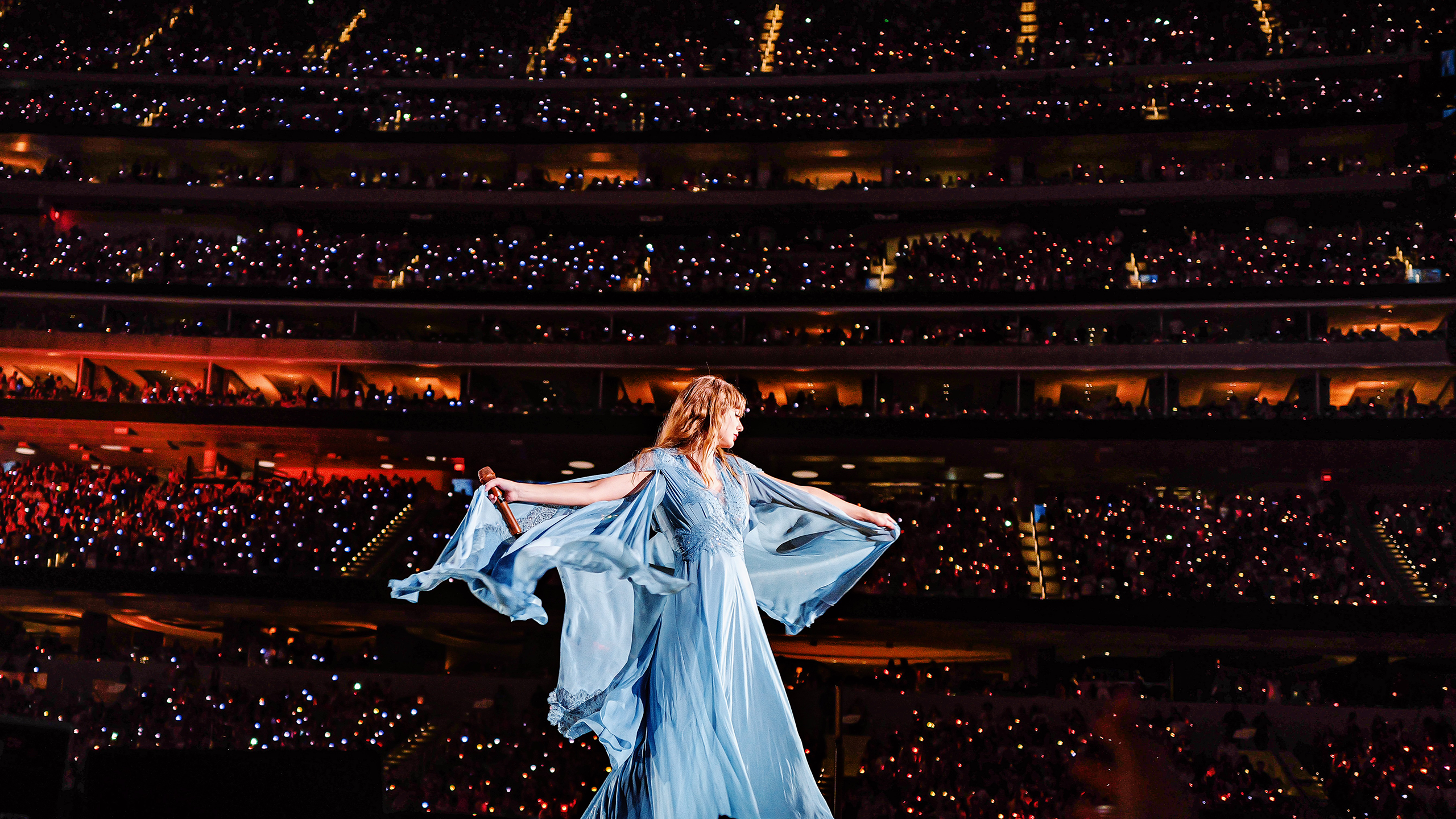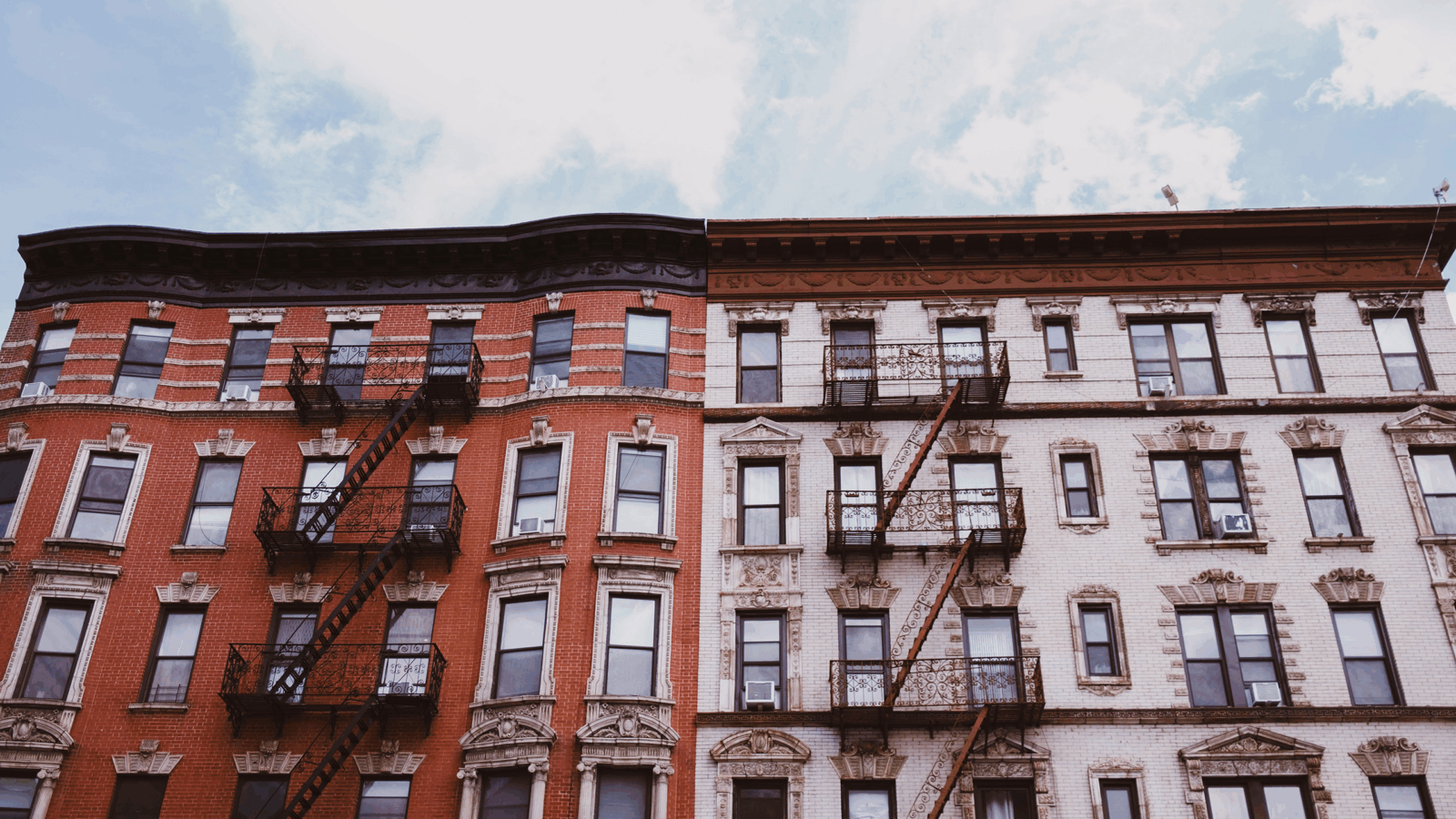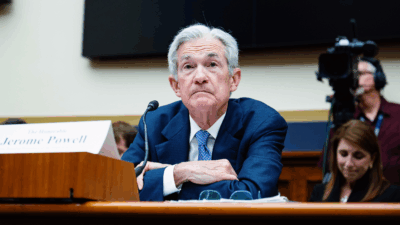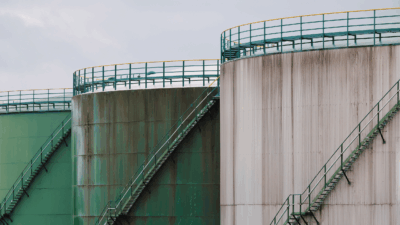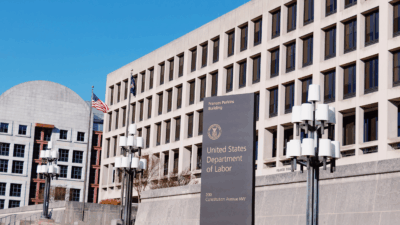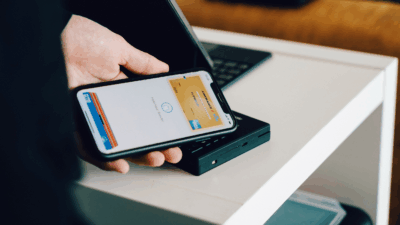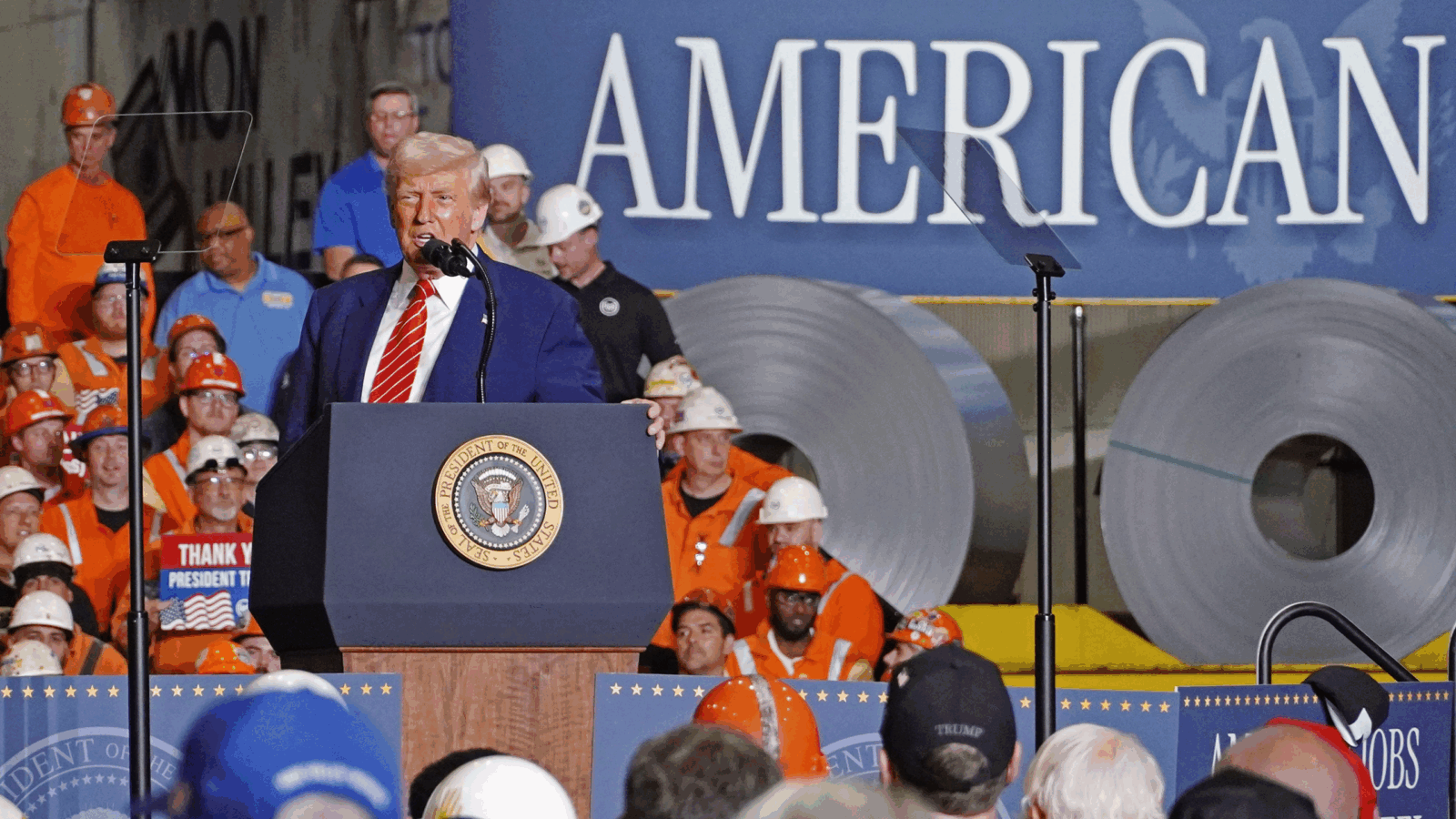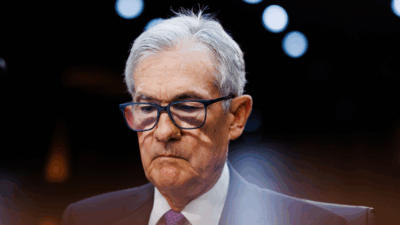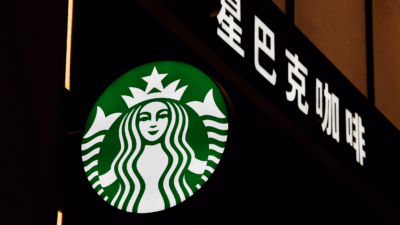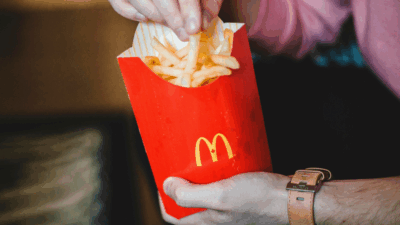The Experience Economy is Thriving in the Post-Covid World
During the pandemic, consumers splurged on new cars, computers, and furniture, but the post-covid economy has seen a rise in spending on experiences, driven by our collective fear of missing out.
Sign up for smart news, insights, and analysis on the biggest financial stories of the day.
The term “experience economy” was coined in the late 1990s in the Harvard Business Review. Economists B. Joseph Pine II and James Gilmore described the concept with a simple story about birthday cakes. In our early agrarian society, people harvested the flour, sugar, and dairy they needed at little cost. Then they started paying a few dollars for a pre-made cake mix. Later, consumers shifted to spending even more for already-made cakes. By the 1980s, the birthday cake was folded into the Chuck E. Cheese or Discovery Zone experience.
Consumers were willing to pay more for convenience and spectacle. Now funflation is baked into our post-pandemic world, and it’s not going away anytime soon.
Have a Nice Trip
After covid rates finally fell in the US, pent-up demand resulted in “revenge travel” — booking international flights, staying at expensive hotels, and eating at pricey restaurants:
- As summer 2023 approached, financial services provider Allianz reported that Americans were expected to spend more than $200 billion on vacations in the coming months, a 10% increase over 2022, and a 39% increase over 2021.
- Roughly a third of all US households took a vacation this past summer, according to the Federal Reserve Bank of New York, and the Transportation Security Administration reported that 273 million airline passengers passed through its checkpoints between the end of May and mid-September, an 11% jump from last year.
Delta Air Lines CEO Ed Bastian told Fortune that, after some tough times for the aviation industry, 2023 was shaping up to be one of the company’s most robust years. “We’ve had the 20 largest cash sales days in our history all occur this year,” he said.
See You Next Fall: Visa also has recognized the revenge travel trend. A recent survey from the credit card giant said the movement is here to stay, despite rising prices for plane tickets, hotels, and car rentals. Nearly 75% of the Americans surveyed said they noticed an increase in travel costs, but only 6% planned to cancel or delay their plans.
You Should See Them Live. They’re Much Better Live.
Another proxy for tracking the experience economy is ticket sales. The US Bureau of Economic Analysis said in August that the US was on track to spend nearly $95 billion this year on movies, concerts, sporting events, and other live entertainment. That’s a 23% surge from last year, and even 13% higher than 2019, before the world ever heard the term “social distancing.”
And yes, a lot of that is about Taylor Swift. But while her Eras Tour is expected to pump roughly $6 billion into the US economy alone — more than the GDP of some countries — the live concert boom doesn’t end with her.
Beyonce’s Renaissance Tour has made roughly $600 million, and Bruce Springsteen’s tour raked in $380 million before the New Jersey rocker stepped away temporarily for health problems. Coldplay, Harry Styles, Elton John, Bad Bunny, KISS, Metallica had great concert years, too.
And it’s not just about more shows at bigger venues. The average ticket price for North American tours grew to $120 this summer, up more than 7% year-over-year, according to Pollstar, meaning concert goers were more than willing to empty their wallets:
- Despite Live Nation/Tickemaster’s monopolistic fumbles and higher costs for housing, food, and gas, fans still dropped big bucks to attend Swift’s three-and-a-half hour concert, sometimes twice.
- On average, Swifties spent about $1,300 per show, with 71% saying it was worth it, and 91% saying they’d go again, according to a national survey from QuestionPro.
And the Band Played On: Next year’s concert schedule should also deliver. “There’s no reason to believe this hot streak isn’t going to continue,“ Variety Intelligence chief media analyst Andrew Wallenstein said on Puck’s The Town podcast. “There is this millennial sensibility that they value the experience in a way that maybe previous generations didn’t, previous generations that were more savings-minded.”
However, Wallenstein did concede that one looming factor could diminish the concert industry’s growth: the return of student loans. The average monthly payment is between $200 and $300, which could have even die-hard fans reconsidering their ticket purchasing power.
Get Lost in It
The experience economy has extended to the art world, too, where “immersive exhibits” are popping up in major cities across the globe. Whether it’s showcasing the works of Monet or Frida Kahlo, many of these exhibits operate in similar ways: Guests walk through a handful of rooms where images of paintings are projected onto the walls and floor accompanied by classical music.
On the pop-culture front there are more and more experiential pop-ups like The Friends Experience and Harry Potter’s Forbidden Forest, which are essentially selfie factories where people pay to get a photo drinking coffee at Central Perk or bowing to a robotic hippogriff.
Guests can drop $30 to $50 per ticket on immersive exhibits and pop-up museums, all while many museums are lower cost or have regular days off free entry.
While some criticize certain immersive exhibits as shallow cash grabs, at least there’s cash to grab:
- Between February 2021 and May 2022, Lighthouse Immersive reported selling more than 5 million tickets to its Immersive Van Gogh. MarketWatch said those sales generated $250 million in revenue, and that doesn’t even include the $30 million made from gift shop sales.
- Major backers are hopping aboard, too. Last year, Goldman Sachs led a round of funding that brought in $227 million for Fever Labs — one of the groups behind yet another immersive Van Gogh experience — giving the New York-based startup a valuation of more than $1 billion.
The Future of Art: Traditional museums are starting to get in the act, too, The New York Times reported. New York’s Metropolitan Museum of Art just wrapped up a showing of artist Refik Anadol’s Unsupervised, a giant screen that projects AI-generated images based on more than 200 years of art at MoMA.
James LePlante, an animator who produces immersive exhibits in New England, said despite some poorly executed displays, experiential art is not a passing fad and could be the key for museums to attract younger audiences.
“They are growing up with video games and VR being their narrative space, they want more interactivity and want to feel like they are a part of the world/story,” he told The Daily Upside via email. “This is where I see the shift from passive entertainment like movie theaters transitioning to more active/interactive narratives offered by immersive art venues.”
Most Wonderful Time of the Year: Experiences are on a lot of wish lists this holiday season.
Travel booking platform GetYourGuide recently commissioned a survey by Wakefield Research and found that 92% of Americans want experiences instead of material gifts this year, up from 62% in 2021. At the top of those wish lists were things like concerts, skiing excursions, and museum trips.
If this continues, there’s one experience parents won’t miss: decluttering their homes of all those toys that mostly end up broken anyway.
